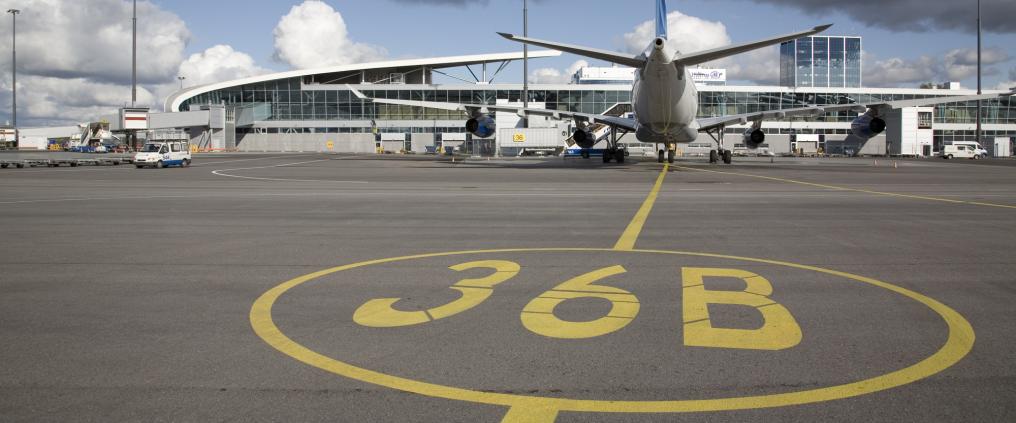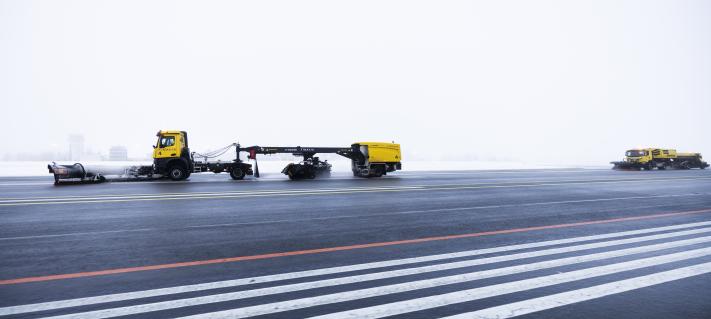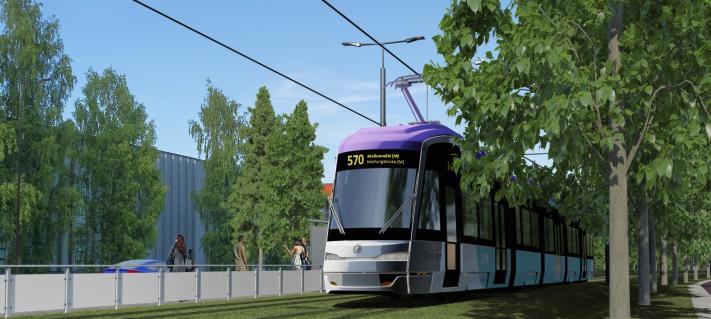With CDM, airlines, the airport owner and other companies operating at the airport will save up to €4 million per year. Delays and environmental load will also be reduced a great deal.
The essence of the CDM (Collaborative Decision Making) operating method is to improve the flow of information between airport operators and to promote their deeper cooperation between aircraft arrival and departure.
Finavia introduced the CDM operating method at Helsinki Airport in October 2012, being the first company in Northern Europe to do so. At the moment, there are as many as 35 airports in Europe that apply CDM.
The recent evaluation by Eurocontrol reviewed the functionality of CDM at Helsinki Airport in regard to aircraft delays, operational accuracy, use of resources, and cost-efficiency.
The CDM system has become a common source of information in the planning and follow-up of Helsinki Airport's air traffic area functions. This is based on a better predictability of arrival and departure times. At Helsinki Airport, CDM tools and processes have been customised to match the challenges caused by winter conditions and extensive variation in daily demand for air traffic.
"The evaluation confirmed the observations that we have compiled in regard to CDM use. The benefits mostly align with what we anticipated when introducing the new operating method in 2012", says Heini Noronen-Juhola, Helsinki Airport's deputy director at Finavia.
Several millions of euros and tens of days saved
The CDM operating method has resulted in a substantial annual impact at Helsinki Airport and its CDM stakeholders. The study evaluated the benefits from January 2014 to January 2015. During that time, taxiing times decreased by 60,000 minutes, i.e. almost 42 days. The time spent on delays decreased by 86,000 minutes, i.e. by nearly 60 days.
As a result of the CDM operating method, the amount of fuel saved during the period of evaluation was as much as 800 tonnes, which is explained by shorter taxiing times and more detailed information about when the aircraft can depart from the gate. As a result of the decrease in fuel consumption, carbon dioxide emissions decreased by 2,600 tonnes and sulphur dioxide emissions by 0.7 tonnes. The benefits achieved translate into costs savings of €650,000 in fuel and €3.5 million in shorter delays.
"Thanks to CDM, airlines will save money. The main benefits of CDM to Finavia are based on operations being easier to predict and that we will be capable of using our infrastructure more effectively than before", says Noronen-Juhola.
According to Eurocontrol, Helsinki Airport's operative flexibility in winter conditions has developed in a positive way. This is particularly based on that the ice removal process is now integrated better with production control. In fact, CDM has resulted in a better utilisation of the ice removal and runway capacity.
As part of the new operating methods, Helsinki Airport ice removal areas have also introduced electronic message boards with the goal of ensuring a high level of safety and taking traffic well into account. The message boards are part of the same information flow as the CDM system.



